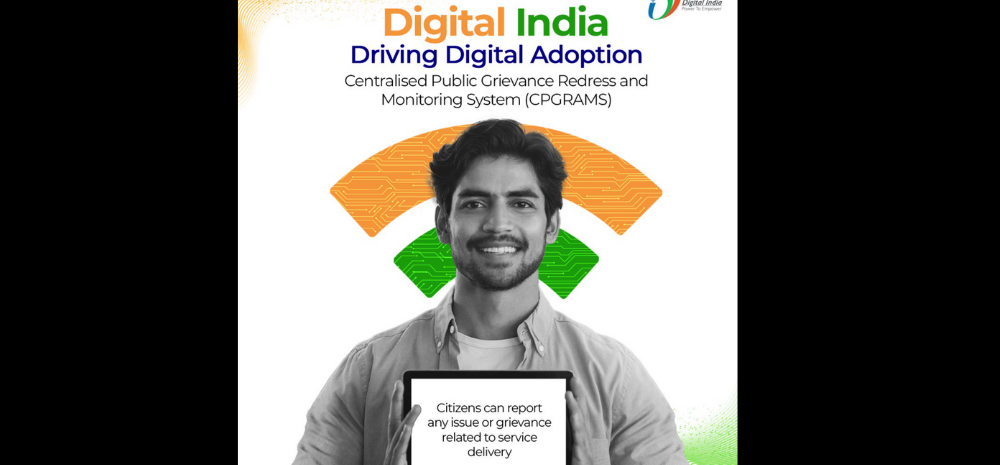In a significant move to improve the efficiency of public grievance redressal, the Indian government has reduced the response time for complaints submitted through its dedicated online portal from 30 days to 21 days. This decision, announced by the Department of Administrative Reforms and Public Grievances (DARPG), aims to streamline the process and ensure that citizens receive timely resolutions to their issues.

Appointment of Dedicated Officers
The revised guidelines emphasize the importance of a “whole of the government approach” in handling grievances. To facilitate this, the government has recommended the appointment of dedicated officers to manage complaints. This ensures that grievances are not dismissed with the standard response of “Does not pertain to this Ministry/Department/Office.” Instead, efforts will be made to transfer complaints to the appropriate authority, thereby enhancing accountability and responsiveness.
Enhanced Grievance Management System
The changes were prompted by Prime Minister Narendra Modi’s directives during a meeting with government secretaries on June 29. Following these instructions, DARPG reviewed existing processes to make the Centralized Public Grievance Redress and Monitoring System (CPGRAMS) more sensitive and accessible to citizens. The implementation of ten reform steps has already contributed to a reduction in average resolution times, leading to the new 21-day maximum for grievance redressal.
Focus on Quality and Technology
The guidelines also emphasize the quality of grievance redressal. In cases where resolution takes longer than the stipulated time, an interim reply must be provided, explaining the delay and outlining the expected timeline for resolution. The government plans to integrate technology improvements, such as AI-enabled dashboards for root cause analysis, to enhance the grievance redressal process further.
Empowering Citizens
The updated policy not only aims to expedite the resolution of complaints but also empowers citizens by providing an escalatory appeal mechanism. An officer of the Additional/Joint Secretary rank will serve as the Nodal Appellate Authority, ensuring that appeals are examined independently and resolved within a maximum of 30 days.
Conclusion
By reducing the grievance redressal time and implementing a more structured approach, the Indian government is taking important steps toward improving public service efficiency. These reforms are designed to create a more responsive and accountable system, ultimately enhancing the citizen experience in dealing with government departments.













